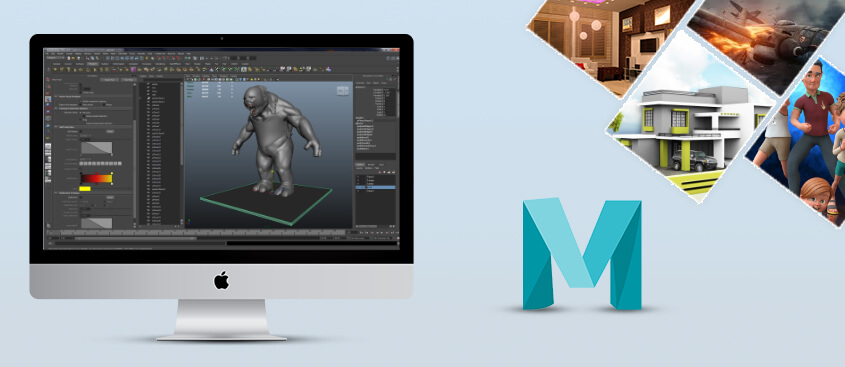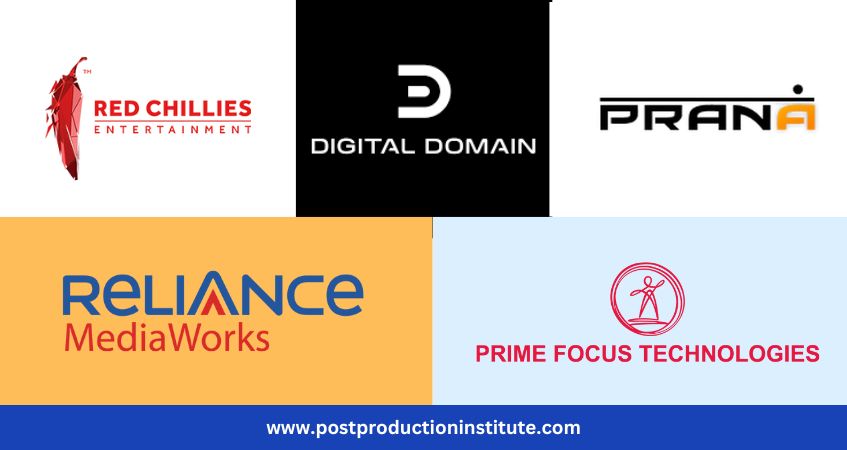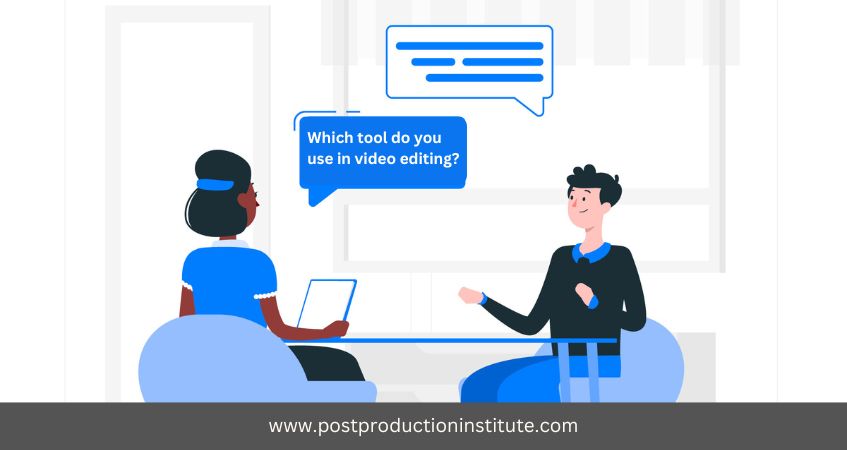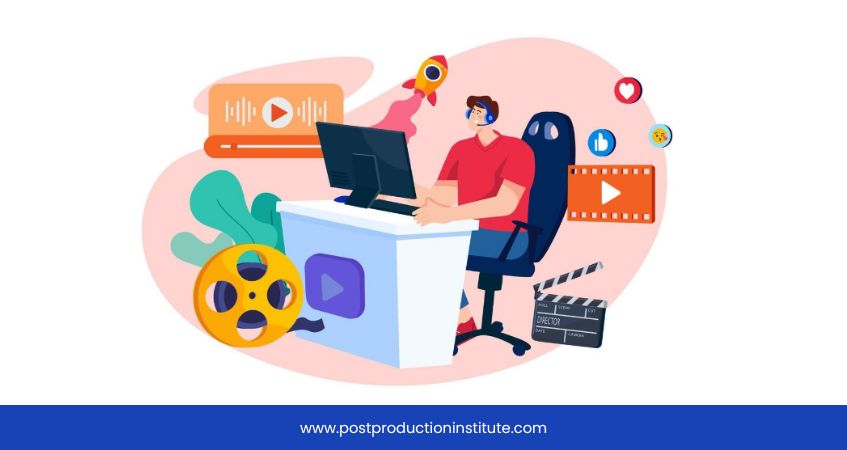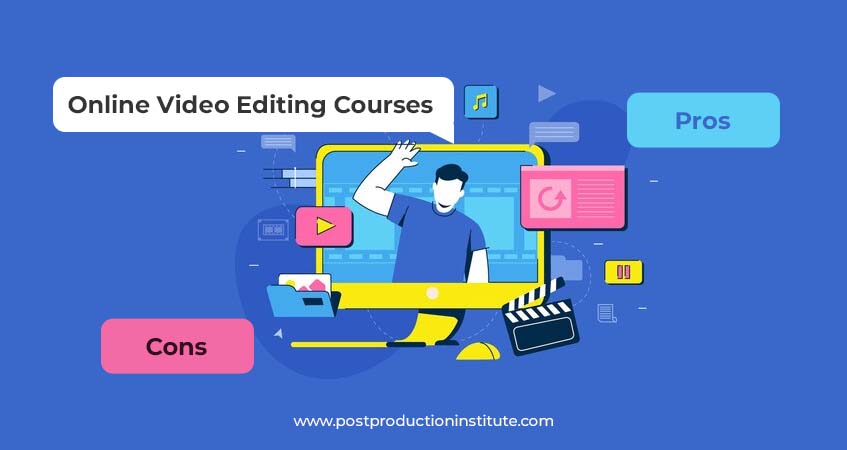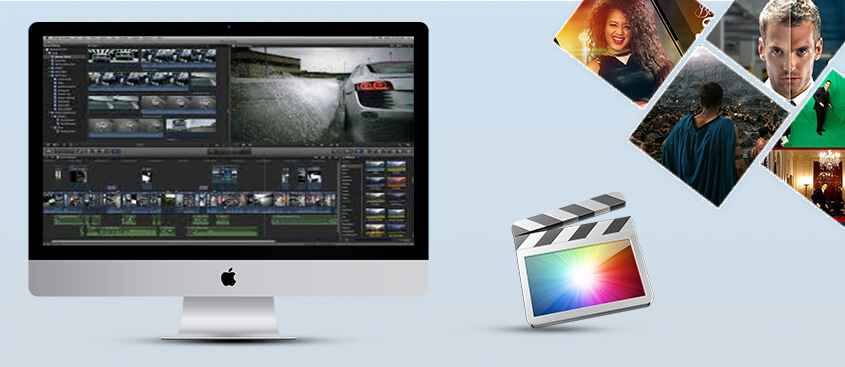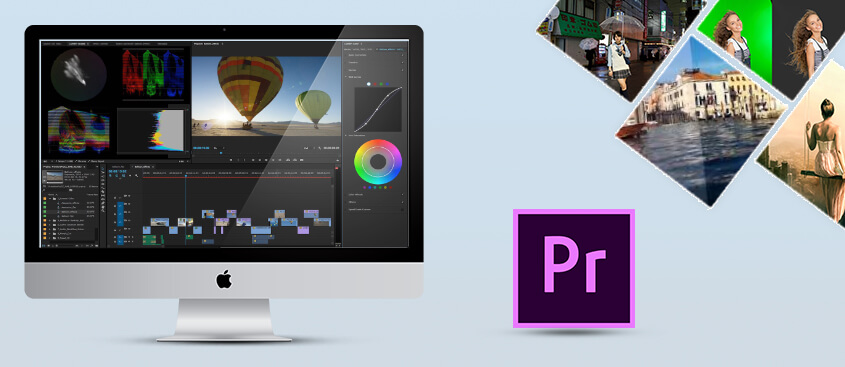Autodesk Maya Master Course
Overview on Online Autodesk Maya Training
Maya is an application used to create 3D resources for use in films, television, game development, and architecture. Autodesk Maya's strong and expansive toolset includes incredible modeling, surfacing, lighting, rigging, animation, dynamics, and rendering tools. Autodesk Maya helps studios and artists raise the quality and efficiency of their film pipeline. That's why our Autodesk Maya Institute in Delhi offer you this course.
Pre-requisites to join Autodesk Maya Institute in Delhi
- 10+2 or Intermediate or equivalent
- Basic computer knowledge
What you will learn in our Online Autodesk Maya Training
1. Getting Start
- Overview of the Maya interface
- Working with files and Maya projects
- Configuring viewports
- Customizing the interface
- Navigation
- Using the hotbox and marking menus
- Selecting objects
- Using the Move tool
- Rotating and scaling
- Manipulating pivots
- Understanding the Channel Box
- Working with the Attribute Editor
- Using the Grease Pencil tool
2. Organizing Maya Scenes
- Working with the Outliner
- Creating hierarchies
- Grouping objects
- Using groups as pivots
- Understanding the Hypergraph
- Hiding and showing objects
- Creating layers
- Working with selection masks
3. Creating Polygonal Models
- Differences between NURBS and polys
- Creating polygonal objects
- Selecting polygonal components
- Using Soft Select and reflection
- Using the Sculpt tool
- The Combine and Separate commands
- Boolean tools
- Working with subdivision surfaces
4. Editing Meshes
- Using the Modeling Toolkit
- Using the extrude tools
- Extruding along a path
- Using the Polygon Bridge tool
- Using the bevel tools
- Merging vertices and edges
- Poking and wedging faces
- Smoothing models and adding detail
- Managing object history
5. Refining Meshes
- Working with edge loops
- Using Edge Flow to smooth geometry
- Reorienting geometry using Spin Edge
- Drawing detail with the Connect tool
- Mirroring geometry
- Modeling with nonlinear deformerss
- Modeling with lattices
6. NURBS Modeling Techniques
- Introducing NURBS modeling and editing
- NURBS primitives
- Using the NURBS curve tools
- Using NURBS Revolve
- Using NURBS Loft
- Using NURBS Extrude
- Using NURBS Planar
7. Refining NURBS Models
- Using isoparms to refine NURBS surfaces
- Extracting NURBS curves from surfaces
- Opening and closing curves and surfaces
- Creating curves on a surface
- Projecting curves on surfaces
- Trimming NURBS surfaces
- Using fillets to connect surfaces
- Converting NURBS to polygons
8. Creating Materials
- Overview of Maya renderers
- Understanding the basics of materials
- Creating and applying maps
- Using bitmaps as texture, Ramp material, displacement and bump mapping
- Working with the Hypershade window
- mental ray materials
9. Applying Textures
- Texture mapping within materials
- Projecting textures on surfaces
- Applying multiple materials to polygonal objects and UV mapping
- Using the UV Texture Editor
10. Rendering in Maya
- The Render Settings menu
- Lights and lighting types in Maya
- Creating shadows
- Understanding the basics of cameras
- Adding depth of field
- Raytracing reflections and refractions
- Using Final Gather for softer shadows and Motion Blur
- Rendering to existing footage using image planes
- Matching lights and shadows to images
- Creating image-based lighting
- Batch rendering
11. Animating in Maya
- Understanding the animation interface
- Animating objects using Set Key
- Modifying keys in the Graph Editor and keys in the Dope Sheet
- Creating breakdown keys and animation cycles
- Animating objects along spline paths and with constraints
- Ghosting animation
- Animation playback using Playblast
- Adding sound to animations
12. IK and Rigging in Autodesk Maya
- Introducing IK
- Discovering IK Tools
- Creating a Joint Chain
- Rigging the Joint Chain
- Understanding Skinning
- Editing a Skinned Geometric Object
- Defining a HumanIK Skeleton
- Characterizing a HumanIK Skeleton
13. Dynamics in Autodesk Maya
- Introducing Maya Dynamics
- Understanding Rigid Body Dynamics
- Creating a Simulation
- Running the Simulation
- Discovering Soft Body Dynamics
- Setting up a Soft Body Simulation
- Simulating a Beach Ball
- Utilizing PhysX for Dynamic Simulation
- Using Maya Bullet Physics for Simulation
14. Particles in Autodesk Maya
- Introducing Particles
- Creating a Particle Waterfall
- Setting Particle Attributes
- Adding a Collider Object
- Rendering Particles
15. Dynamics in Autodesk Maya
- Discovering nDynamics
- Introducing nParticles
- Creating Dripping Water and Hanging Curtains
- Configuring nParticles
- Understanding nCloth
- Simulating Hair with nHair
16. Fluid Effects in Autodesk Maya
- Discovering Fluid Effects
- Adding a 3D Fluid Container
- Editing the Flames
- Adjusting the Fire Source
- Creating a Liquid Simulation and Ocean Surface
- Configuring the Fluid Emitter
- Simulating Liquid Interaction
- Floating an Object on an Ocean Surface
17. Hair and Fur in Autodesk Maya
- Understanding Hair and Fur
- Discovering Hair
- Making a Wig
- Styling the Hair
- Discovering Fur
- Growing a Beard
18. Paint Effects in Autodesk Maya
- Discovering Paint Effects
- Using 2D Paint Effects
- Creating 3D Paint Effects
- Working with Surface Interaction and with Paint Effects Collisions
19. Compositing in Autodesk Maya
- Understanding Compositing
- Introducing Autodesk Composite
- Multiple Layers (Compositing)
- Remapping Color Output
20. Portfolio and Project
Other courses
Career Options:
Digital Artist, Animator- Rigging Artist, 3D Maya Modeler, Lighting Artist, Texturing Artist, Digital Effects Animator, Character Animator, Maya Designer, Modeling and Texturing Artist, Compositor, 3D Animator, 3D Visualizer and Render
